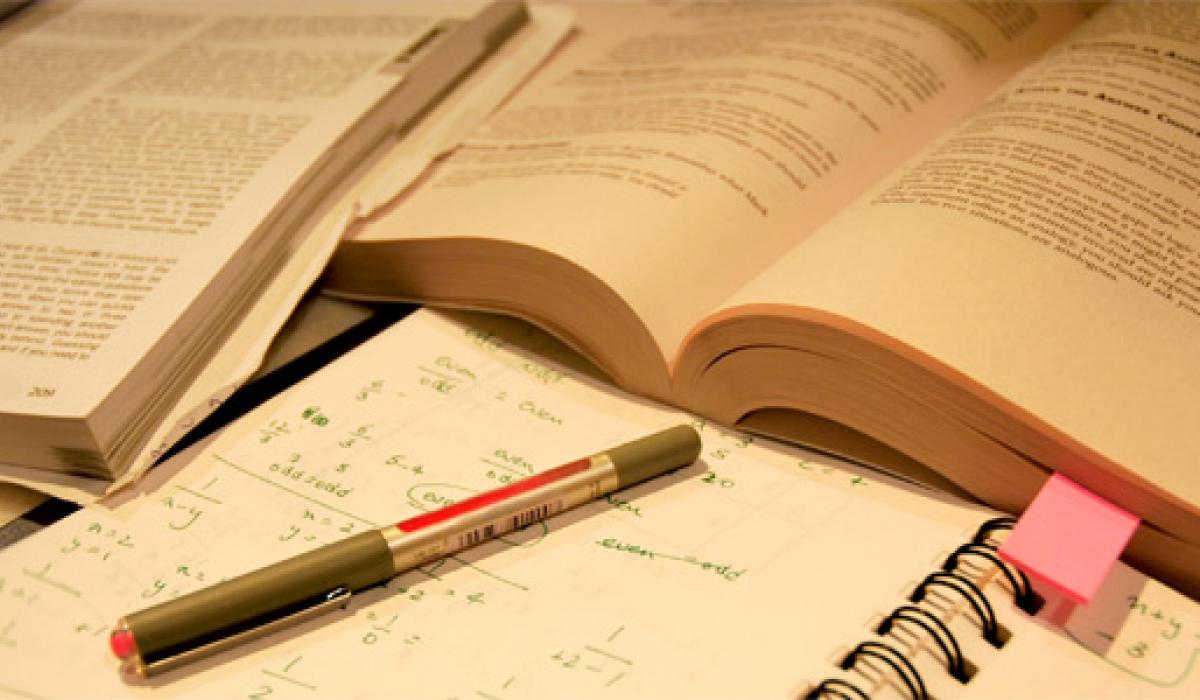
Includes: Homology Modelling, Loop Refinement of the predicted model, Model analysis for quality assessment
Tools: Prime Homology Modelling, Prime Refinement
Audience level: Beginners - Intermediate
This study comes from a real world drug discovery project, with the aim of generating new anti-bacterial agents that work via a novel mechanism by targeting the sensor histidine kinase YYCG. It’s thought that targeting this sensor results in less resistant strains.
In this workshop we examine the principals of building a simple homology model for human staph-aureus’ YYCG-histidine kinase and model in a loop which is missing in the bacterial thermatoga template structure. A standard Prime loop refinement is pre-run on residues 195-205 of the built model. It is further refined and is examined to show how it now gives access to the gamma-phosphate of ATP which was a previously concealed channel - this structure is consistent with the known mechanism of YYCG-signal transduction.
It is worth noting that a similar but much longer refinement is made using MD and AMBER, taking over 10ns of simulation to generate an equivalent structure. This simply illustrates the ready use of Prime for good quality model building and although we do not discuss subsequent project details this refined structure was successfully used in a virtual screening exercise to generate compounds with effective anti-microbial properties.
